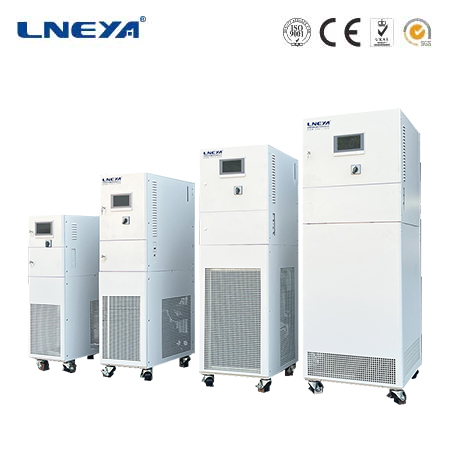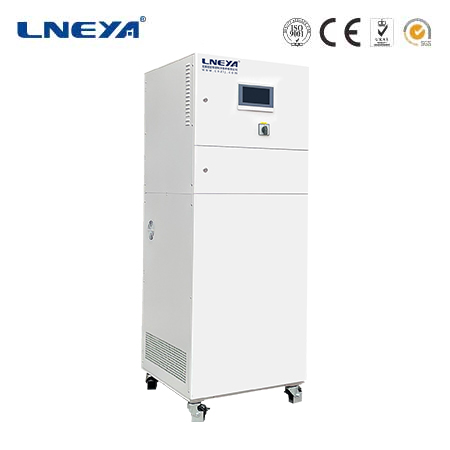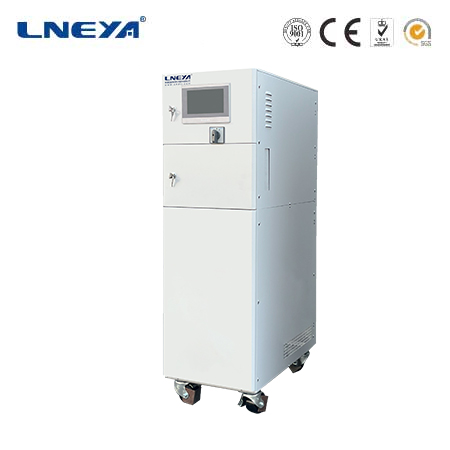chiller 3 kw
All You Need to Know About 3 – kW Chillers
What is a 3 – kW Chiller?
A 3 – kW chiller is a cooling device with a nominal cooling capacity of 3 kilowatts. It is designed to remove heat from a specific process or equipment by circulating a cooled fluid, usually water or a water – glycol mixture. This type of chiller is often used in scenarios where a relatively moderate amount of cooling power is required.

Working Principle
The fundamental working principle of a 3 – kW chiller is typically based on the vapor – compression refrigeration cycle.
Compression: The compressor in the chiller takes in low – pressure refrigerant vapor. It then compresses the vapor, increasing its pressure and temperature. This high – pressure, high – temperature vapor is then pushed towards the next stage of the cycle.
Condensation: The high – pressure vapor enters the condenser. Here, it releases heat to the surrounding environment (in air – cooled chillers) or to a cooling medium (in water – cooled chillers). As a result, the refrigerant condenses into a high – pressure liquid.
Expansion: The high – pressure liquid refrigerant passes through an expansion valve. This valve reduces the pressure of the refrigerant, causing it to expand and become a low – pressure, low – temperature liquid – vapor mixture.
Evaporation: In the evaporator, the low – pressure refrigerant mixture absorbs heat from the process fluid that needs to be cooled. This heat absorption causes the refrigerant to vaporize, and the cooled process fluid can then be circulated back to the equipment.

Applications
Small – Scale Industrial Processes
In small manufacturing plants, a 3 – kW chiller can be used to cool injection molding machines. By maintaining a consistent temperature of the molds, it helps in producing high – quality plastic products with fewer defects. For example, in the production of small plastic components like toy parts or precision – made plastic connectors, the chiller ensures that the molds cool evenly, preventing warping and distortion of the final products.
Laboratory Equipment
Many laboratory instruments require precise temperature control. A 3 – kW chiller can be used to cool high – performance liquid chromatography (HPLC) systems. These systems are used for chemical analysis, and maintaining a stable temperature is crucial for accurate results. The chiller provides a reliable source of cooled water to the HPLC, ensuring that the separation of chemical compounds within the system occurs under optimal conditions.
Medical Equipment
In some medical facilities, certain diagnostic and treatment equipment, such as laser – based medical devices, generate heat during operation. A 3 – kW chiller can be used to cool these devices, ensuring their safe and efficient operation. For instance, in dermatology clinics, where laser treatments are used for skin rejuvenation or the removal of skin lesions, the chiller helps in preventing the laser equipment from overheating, which could affect the quality of the treatment and potentially damage the device.
Considerations When Choosing a 3 – kW Chiller
Energy Efficiency
Look for chillers with high – efficiency compressors and advanced control systems. Energy – efficient models can save on operating costs over time. For example, chillers with variable – speed drives can adjust the compressor’s speed according to the actual cooling load, reducing energy consumption during periods of lower demand.
Cooling Capacity Accuracy

Ensure that the chiller can maintain its rated 3 – kW cooling capacity accurately. Fluctuations in cooling capacity can affect the performance of the equipment being cooled. Some high – quality chillers come with precise temperature control systems that can maintain the desired cooling output within a very narrow tolerance.
Noise Levels
In applications where noise is a concern, such as in laboratories or medical facilities, choose a chiller with low – noise operation. Some manufacturers use advanced sound – dampening technologies to reduce the noise generated by the compressor and fans.
Maintenance
Regular Filter Checks
The filters in the chiller are designed to remove impurities from the coolant. Regularly check and clean or replace these filters. Clogged filters can restrict the flow of coolant, reducing the chiller’s efficiency. Depending on the operating environment, filters may need to be checked weekly or monthly.
Refrigerant Inspections
Periodically inspect the refrigerant levels and its condition. Leaks in the refrigerant system can lead to a loss of cooling capacity. If a refrigerant leak is detected, it should be repaired promptly, and the refrigerant levels should be topped up as per the manufacturer’s instructions.
In conclusion, 3 – kW chillers are versatile cooling devices with a wide range of applications. Understanding their working principle, applications, selection criteria, and maintenance requirements is essential for making the most of these chillers in various settings.
Related recommendations
btu chiller
252Definition of BTUA BTU is defined as the amount of heat required to raise the temperature of one pound of water by one degree Fahrenheit. In the context of chillers, BTU is used to measure the am...
View detailsair cooled water chiller manufacturers
457In industrial settings, maintaining precise temperatures is crucial for process efficiency and product quality. Air cooled water chillers are vital in achieving this temperature control. These chi...
View detailsindustrial chiller service
431What is Industrial Chiller Service? Industrial chiller service refers to the professional maintenance, repair, and optimization of cooling systems used in industrial applications. These service...
View detailscooling products
260Cooling Products: A Comprehensive OverviewIn a world where temperature control is crucial, cooling products play a pivotal role in maintaining comfort, efficiency, and functionality across variou...
View details
 LNEYA Thermal Test Chillers
LNEYA Thermal Test Chillers






HelloPlease log in